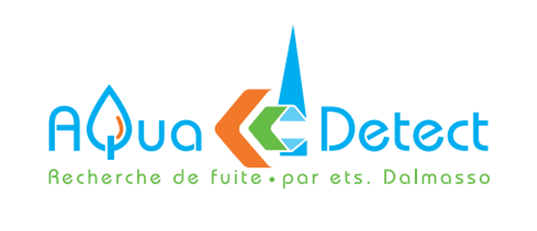Heating
Our professionals offer you a wide range of traditional heating solutions that combine comfort and energy savings!
We put our know-how and skills at your service to install and commission your heating system.
Heat pump, boiler, boiler maintenance
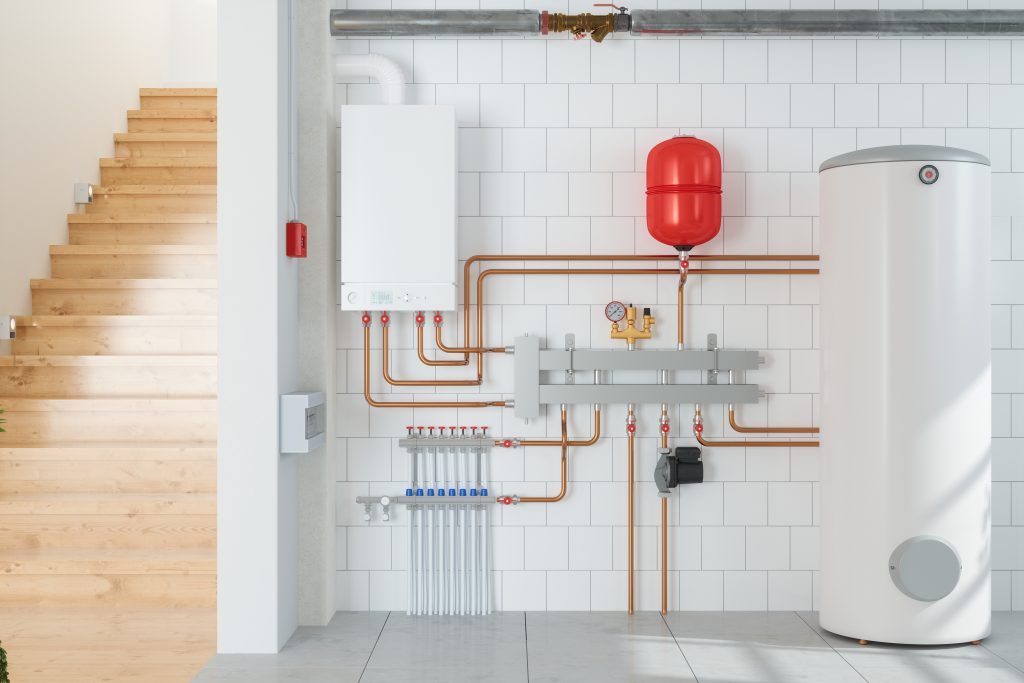
Our skills
- Installation, replacement, troubleshooting and maintenance of medium and large boilers, gas – oil – solar / wall – floor…
- Heat pump
- Underfloor heating,
- Sweeping living-room chimneys,
- Radiator installation and replacement
- Conformity diagnosis
Boiler maintenance is a legal obligation. A lack of maintenance can even have serious consequences for insurance in the event of a claim.
Owners must maintain their boilers annually,
just like a tenant.
Annual maintenance enables :
- Improve the efficiency of your system,
- Be covered by your insurance in the event of a claim,
- Advice on the proper use of your boiler,
- Safe heating,
- Minimize the risk of breakdowns,
- To ensure the long-term future of the plant.
With a maintenance contract,
you benefit from annual maintenance and possible intervention.
Please contact us for a free quotation.
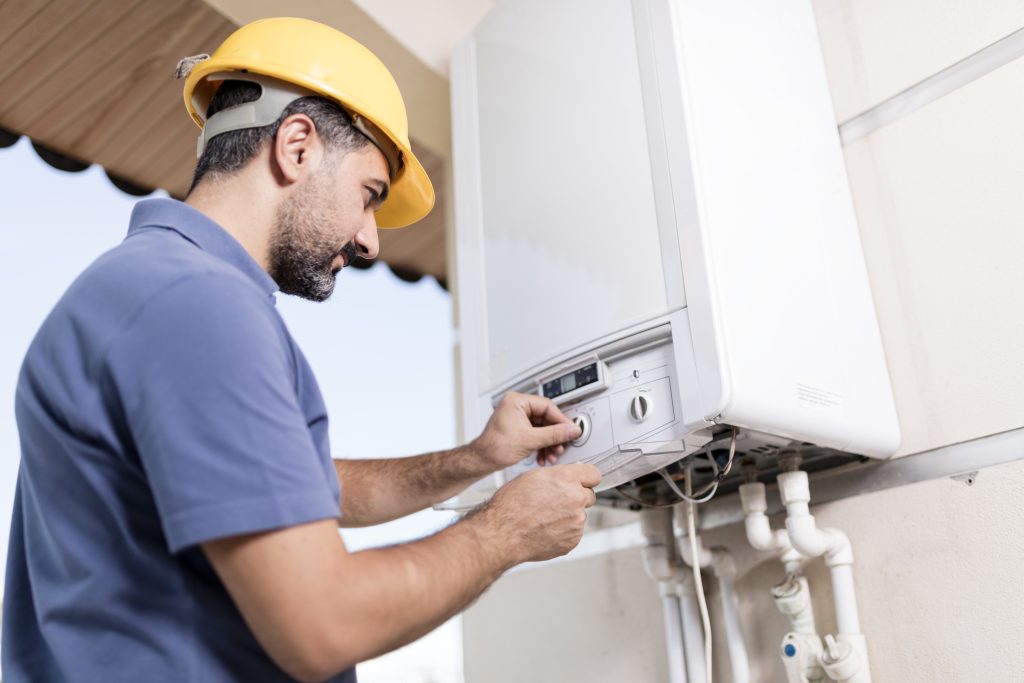
The different types of heating
The low-temperature boiler
Low-temperature boilers work by heating water to a lower temperature than a traditional boiler.
Where a conventional boiler heats water to 90°C, a low-temperature boiler heats it to a maximum of 50°C.
The advantage of these boilers is that they consume less gas or fuel oil…. But they consume much more energy than condensing boilers.
These low-temperature boilers, which consume less oil and gas, can only operate optimally when combined with “low-temperature” radiators and/or underfloor heating.
Contact us for a quotation tailored to your project and situation.
Condensing boilers
Condensing boilers, also known as ultra-low-energy boilers, are among the most technologically advanced boilers on the market.
The operating principle of a condensing boiler is as follows: When oil or gas is burned, vapors are released which, under normal circumstances, are evacuated and lost through the chimney flue.
A condensing boiler recovers the heat released by combustion. These calories are used to heat the return water from your home’s radiators. As the vapors heat up this return water, they condense, turning to liquid form. This is where they are evacuated and discharged into the wastewater circuit.
With this type of operation, condensing boilers deliver optimum energy efficiency, heating your entire home and running water.
Contact us for a quotation tailored to your project and situation.
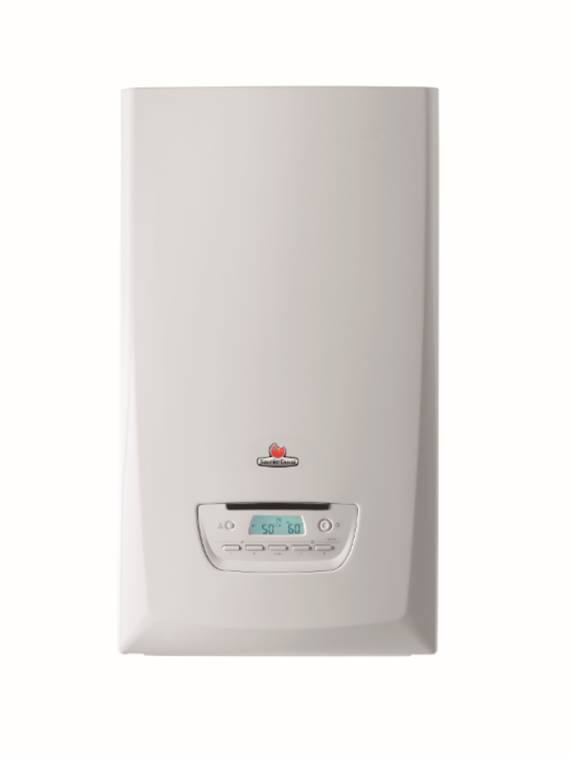
Condensing boiler
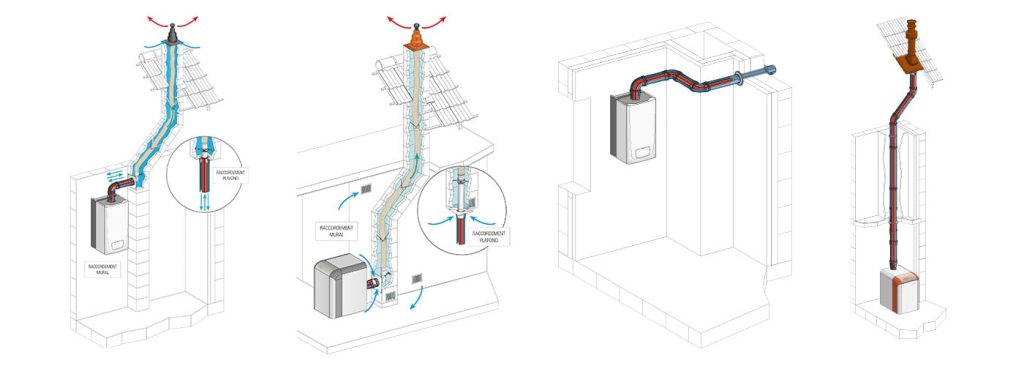
Suction boiler
The vented boiler
The operation of vented boilers is quite special. In fact, this type of boiler is equipped with a “suction cup” system whose role is to draw air from outside the home in order to operate. No chimney is required, and air is supplied and exhausted via two separate ducts.
Contact us for a quotation tailored to your project and situation.
Underfloor heating
Underfloor heating and/or cooling consists of a network of water pipes embedded in a screed.
The water circulating through the tubes is heated or cooled, depending on the season.
This installation, connected to a heat pump, is the best way to ensure optimum performance and comfort.
Contact us for a quotation tailored to your project and situation.
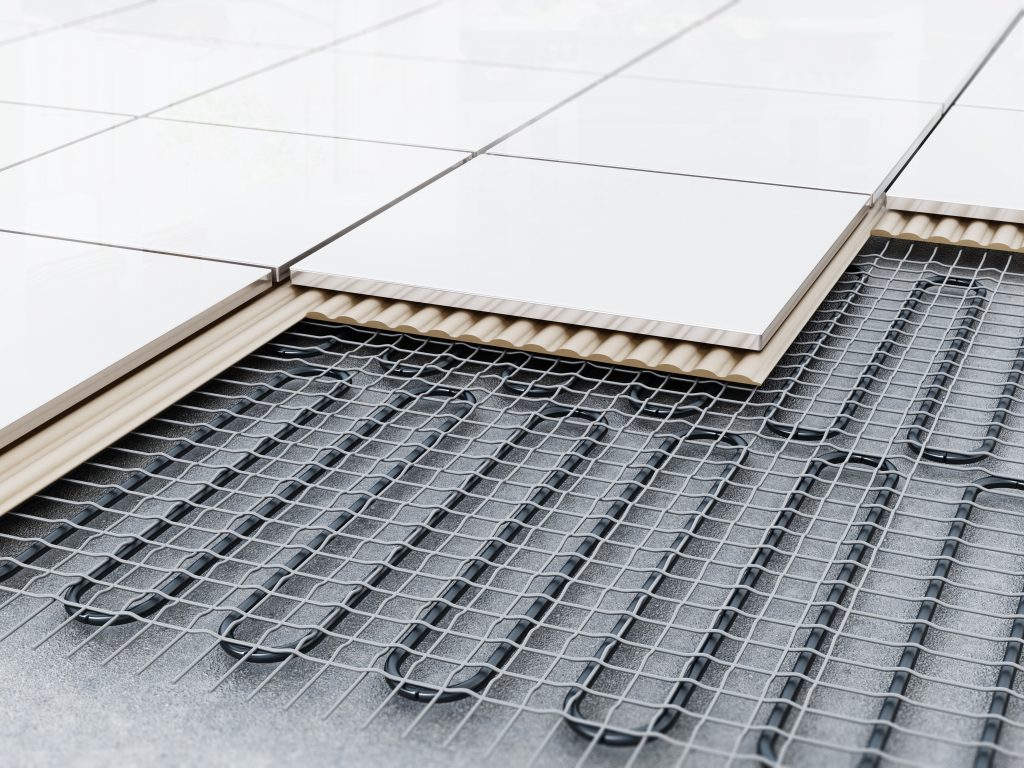
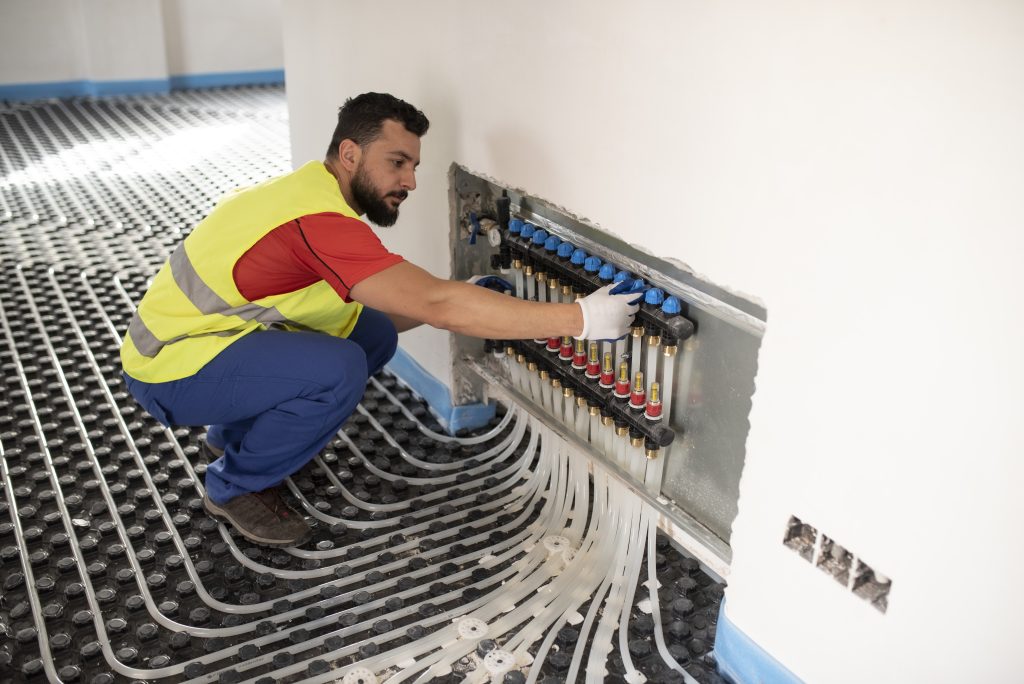
Air/Water heat pumps
The air-to-water heat pump heats and produces hot water for a dwelling. The operation of this heat pump is relatively simple: it extracts calories from the outside air and injects them into the home’s central heating and hot water circuit.
- Radiators,
- Floor heating systems,
- Pool heating.
Benefits
- Easy to use and install,
- No site work or prior administrative authorization (although installation must be carried out by a professional),
- Adaptable to existing heating systems,
- Low investment, fast payback…
Contact us for a quotation tailored to your project and situation.
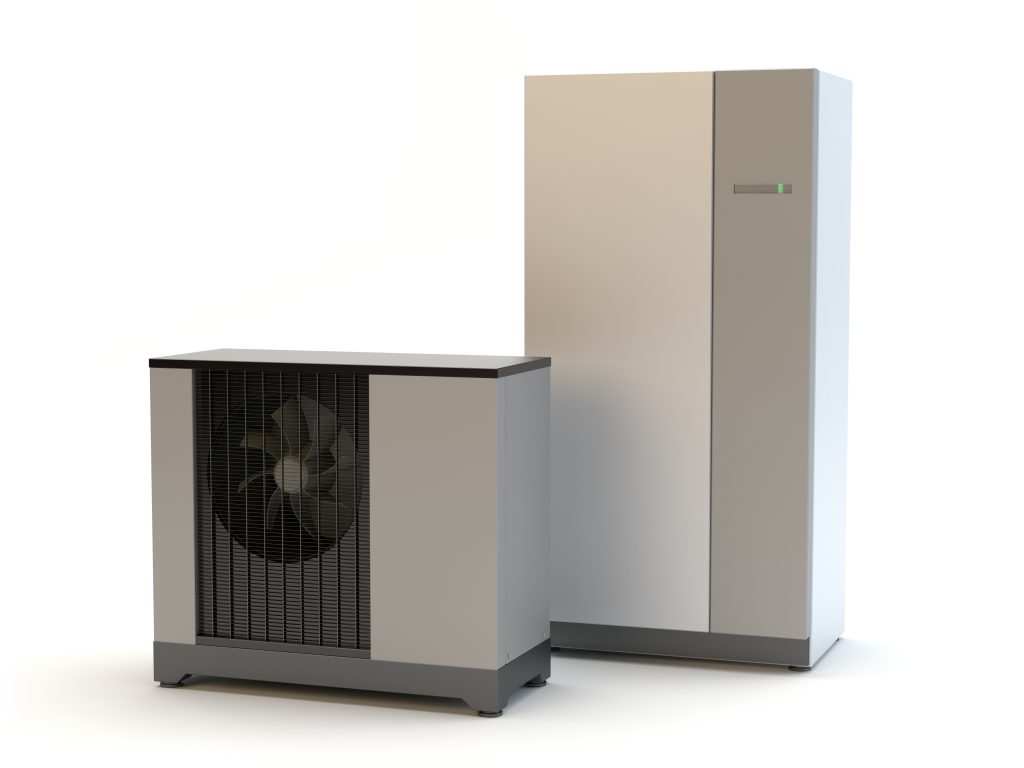
Air/Water heat pump
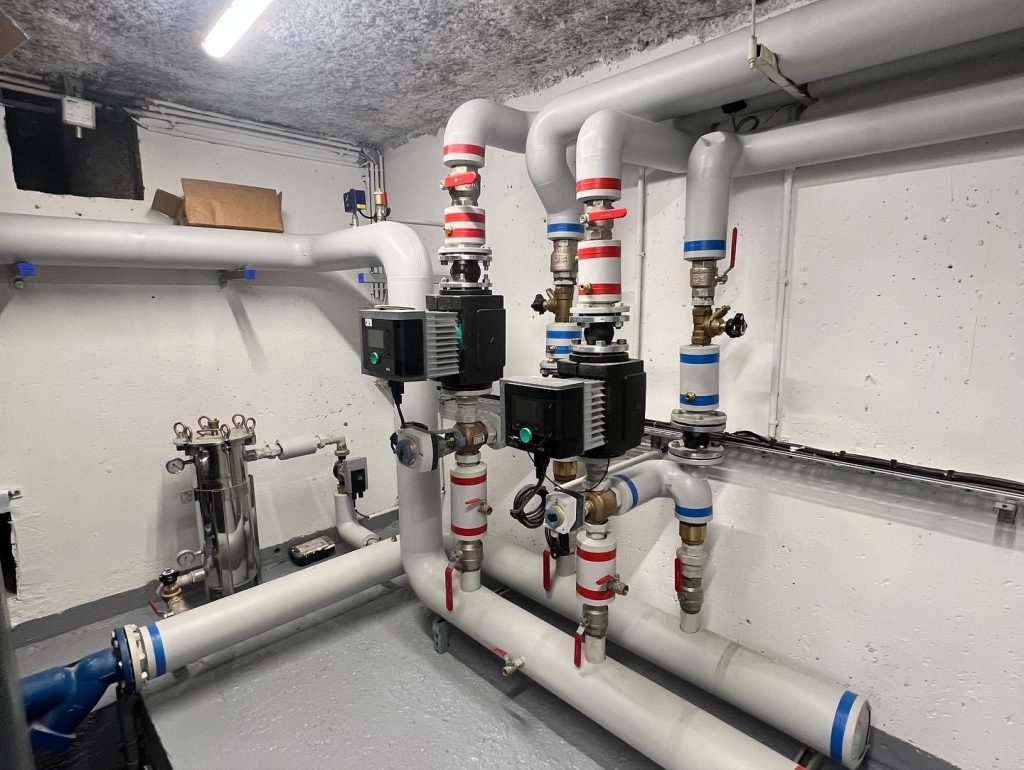
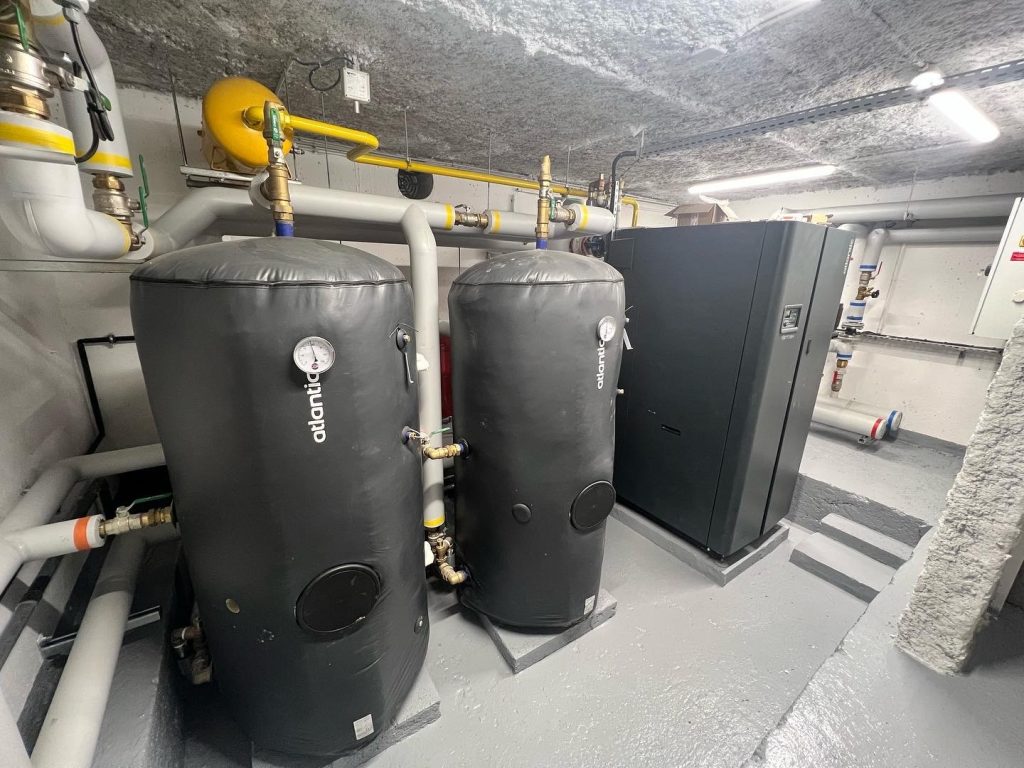
Collective boiler
District heating
Example of a collective boiler room after renovation
In most cases, condominiums are equipped with a collective boiler room.
What is a district heating plant?
This is the room in which the equipment used to heat the home and/or your domestic hot water is installed.
The gas condensing boiler will consume less energy and therefore be more economical.
The boiler combined with a water storage tank will provide the hot water needed for the apartments.
Have a study done for:
- Replacing older, more energy-hungry equipment.
- Installation of a new-generation boiler in the condominium.
Contact us for a quotation tailored to your project and situation.
Solar energy
A solar panel is a device designed to capture solar radiation and convert it into another form of energy (electrical or thermal) for human use.
In addition to the solar panel, which converts light into electricity, the solar-thermal panel recovers the energy sent by the sun in the form of heat (radiation) and transmits it to a heat-transfer medium (air or fluid).
Unlike photovoltaic solar panels, thermal solar panels don’t produce electricity, but can be used to heat domestic installations where they are connected to a water heater.
Contact us for a quotation tailored to your project and situation.
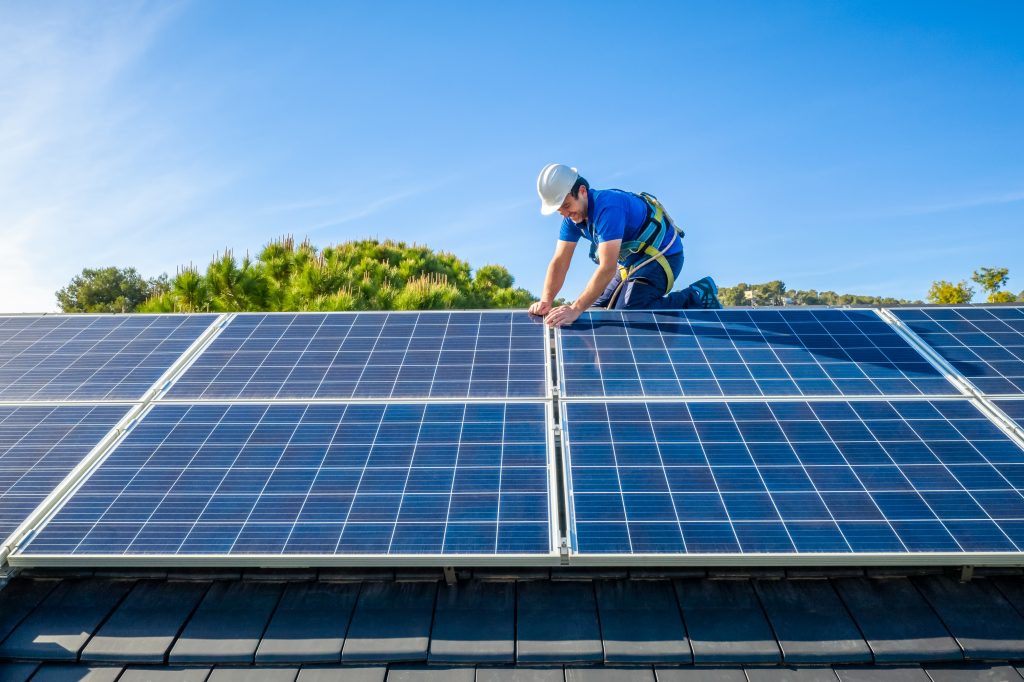
Solar energy
How a solar thermal panel works
Solar thermal panels comprise a set of collectors, a control system and a storage tank.
They convert light into heat, usually for water heaters.
A heat transfer fluid (water and antifreeze) is heated by this system, bringing the stored heat to the water storage tank.
To achieve this, the sun’s rays first pass through a glass plate that is transparent to the light and of varying degrees of purity.
Beneath this glass, a black absorber (a metal plate coated with a thin layer of chromium) absorbs 80-90% of light rays. The absorber converts these light rays into heat through radiation heat transfer.
As it heats up, the absorber emits infrared rays, which are trapped between the metal plate and the glass plate – the greenhouse effect. In this way, the air between the two plates heats up and improves efficiency.
By conduction, the thermal energy or heat from the absorber is transmitted to a water circuit (the heat transfer liquid). This heats up and is pumped to a hot water tank.
In the accumulator, the hot heat transfer liquid runs through a circuit and transfers its heat to the domestic water.
A WELL-INSULATED PANEL WILL OPTIMIZE PERFORMANCE.
Solar water heaters
Operating principle
This is a solar energy collection system designed to supply all or part of thedomestic hot water. The individual solar water heater is a simple device that converts solar energy into heat, enabling you to produce your own domestic hot water.
The system simply uses the sun’s rays to heat the thermal collectors, which then transfer this heat to the heat transfer fluid.
The window is located as close as possible to the south-facing slope to maximize sunlight. A roof fitted with solar panels can supply a family’s entire hot water needs. Solar thermal systems have a payback period of around 10 years, a period that is tending to decrease thanks to the various subsidies and grants available to encourage the development of renewable energies.
The advantages of this product are many
- Easy to install and integrate.
- Reduces household costs, avoids one tonne of CO2 emissions.
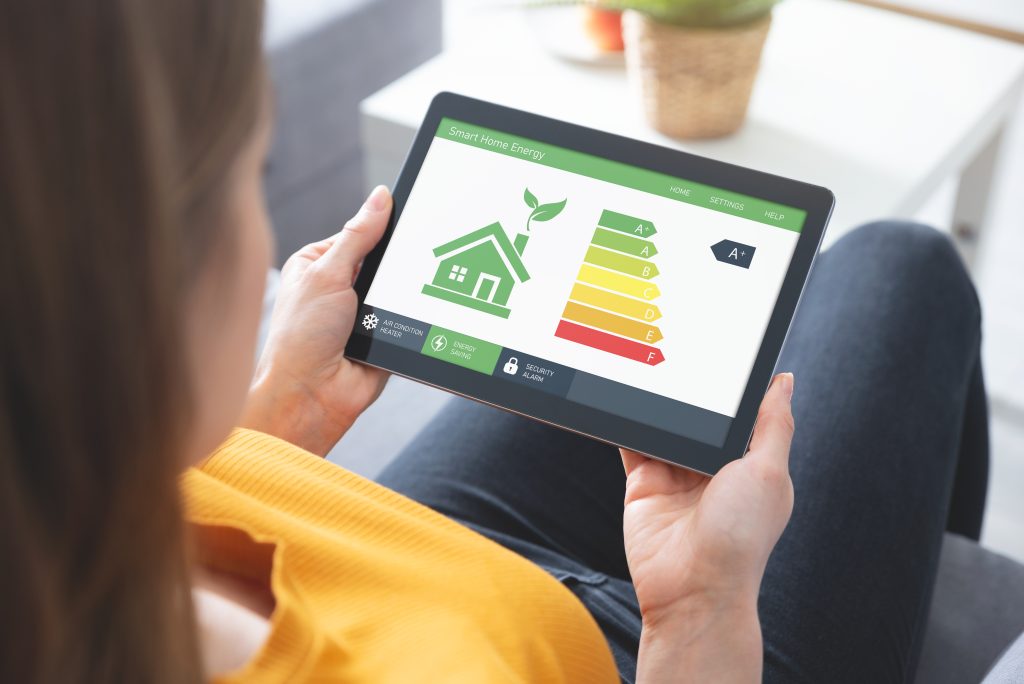
Renewable energy
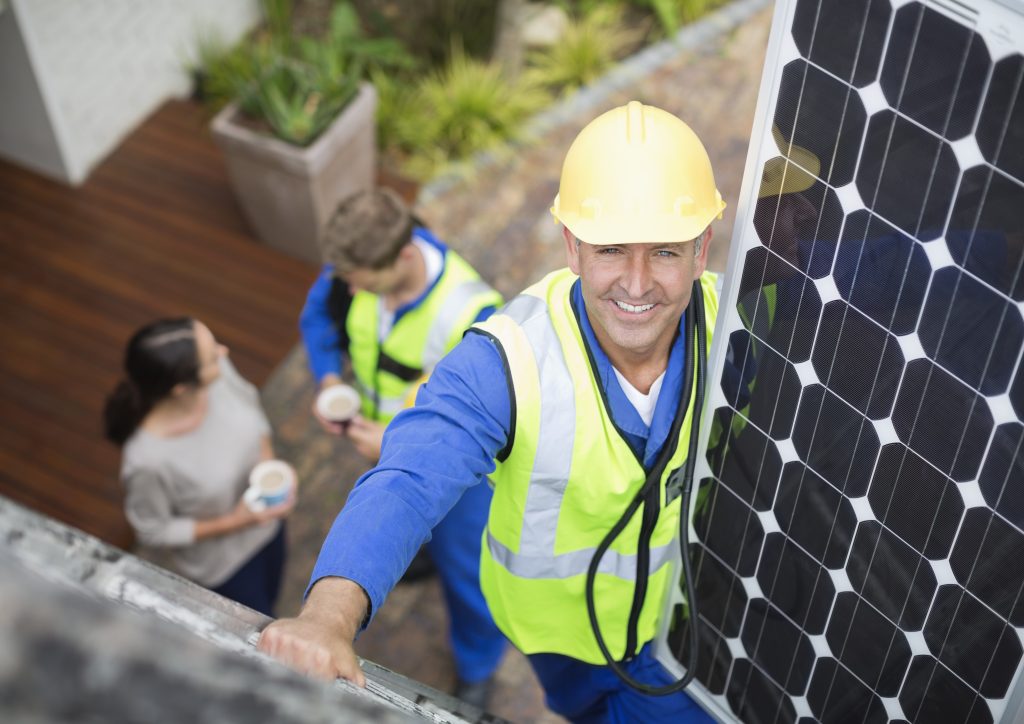
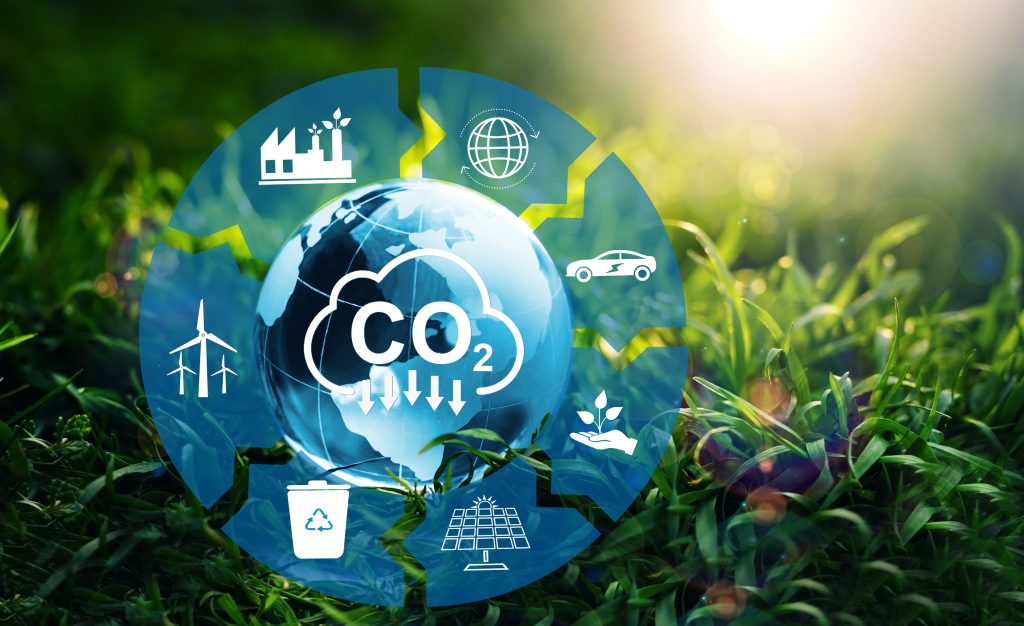
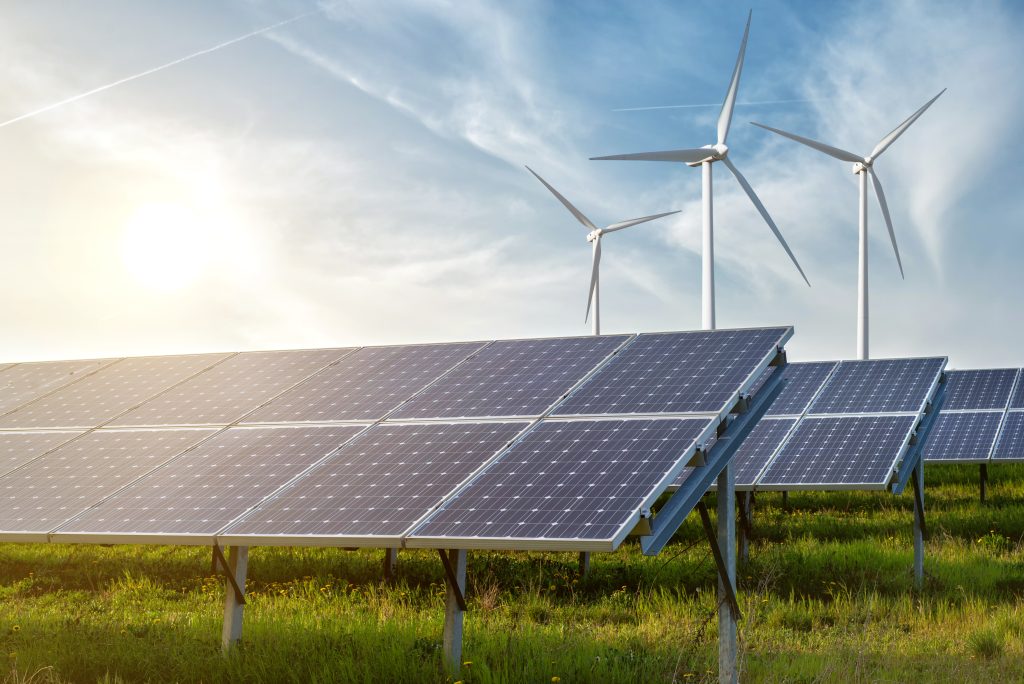
Renewable energies
We install energy-saving and environmentally-friendly solutions for your home.
Contact us for a quotation tailored to your project and situation.
Heat pumps
The thermodynamic water heater simply consists of coupling a storage tank and a heat pump: the heat pump captures calories from the air and returns the heat to the storage tank to produce hot water.
The ambient air heats the heat transfer fluid, which is then compressed to raise its temperature. The water stored in the storage tank is heated (to around 60°C) as the fluid expands. This technique works in both winter and summer, as the thermodynamic water heater draws air from an unheated room in the house. It operates between 5°C and 35°C, with an electrical system taking over in the event of technical failure.
Contact us for a quotation tailored to your project and situation.
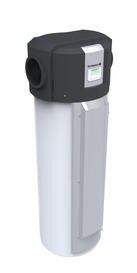
Thermodynamic water heaters





